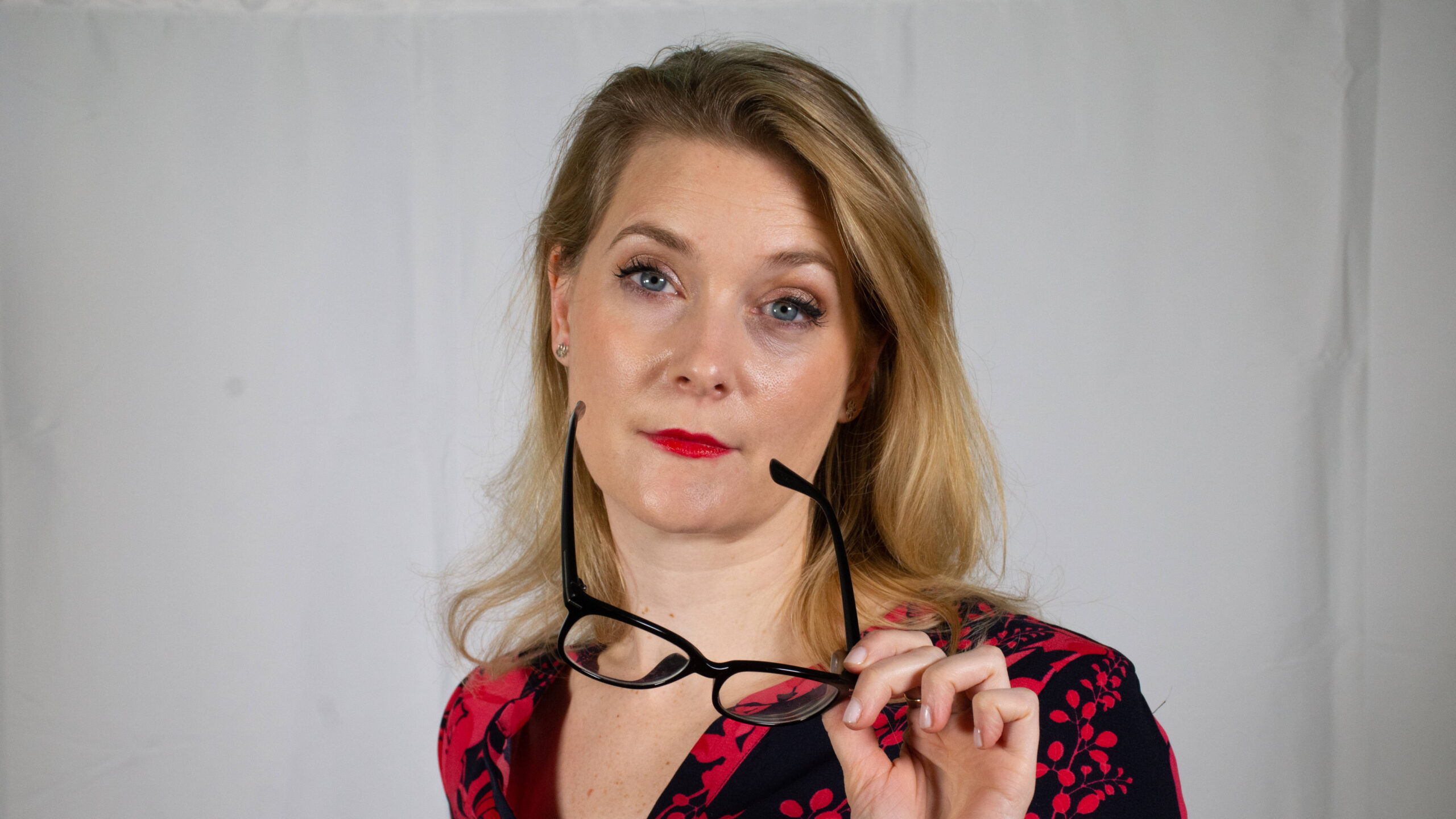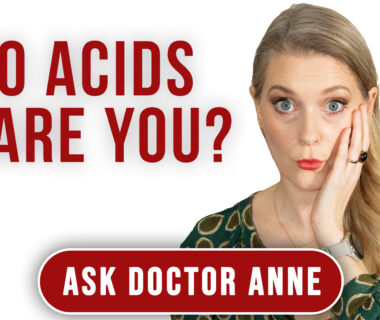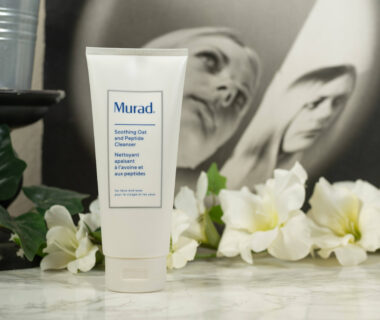ADVERTISEMENT INFO: SOME PRODUCTS MENTIONED IN THIS POST ARE PR (GIFTED) AND LINKS USED ARE AFFILIATE LINKS. I RECEIVED NO MONEY TO WRITE THE BLOGPOST. PLEASE READ DISCLAIMER
So you are in your thirties now and start to see changes in your skin you don’t like that much? Or you are wondering if it is too late to start with a skincare routine now, or if you are the right age to use retinol?
Let’s talk about the best skincare routine in your 30s then!
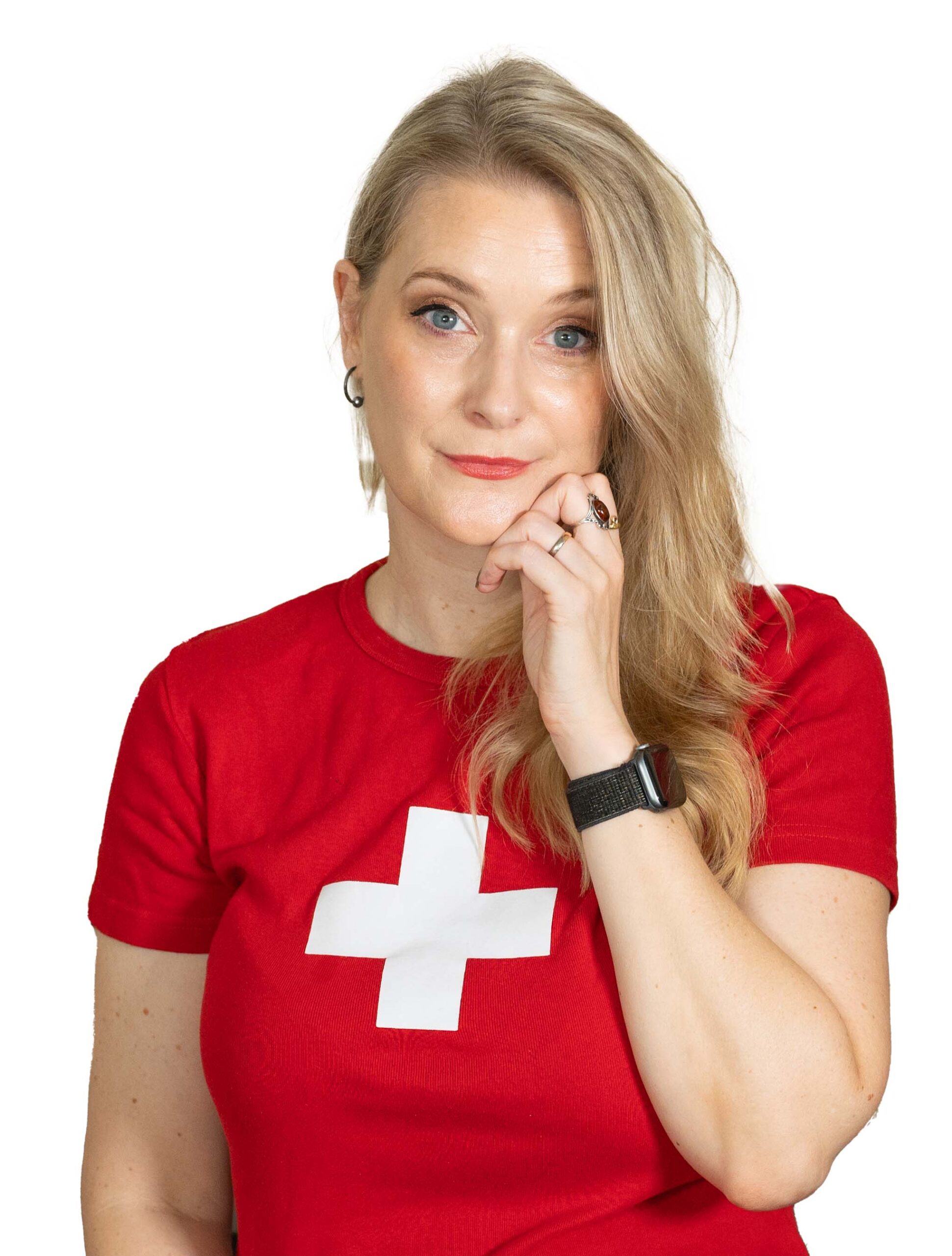
Three things quickly beforehand:
- Your skincare routine should be based around your skins concerns, not the age in your passport – this is just guidance for the most common concerns appearing during that age bracket.
- Your skincare routine does not need to be expensive – anything with the label “anti aging” seems to be double the prize, but I assure you, there is a good budget alternative for every step.
- Don’t do more steps than you can stick to – if you haven’t started taking care of your skin yet, don’t buy everything I mention. Cleanse, treat, protect as a basic routine (I will elaborate in a bit) can make a huge difference over time even if you skip everything else. And products you buy, but rarely use are just a waste of space and money.
Skin changes in your 30s
Now what happens in your skin when you reach your thirties? And what happens in your life that might affect that?
For many of us, this period in our life is a quite stressful one. Often we take on more responsibility in our job, we have small children, we have both more responsibility in our job AND children or we decide to reinvent ourselves and move abroad – whatever it is, we have a lot on our plate and enough sleep and healthy eating won’t always happen. (More info: The best foods and supplements for healthy skin)
Well, in your thirties, these things will start to show on your skin, with dullness, fine lines and dark undereye circles, and the reason for that is that our skins repair mechanisms slow down: Growth hormones decline, cell turnover gets slower and you lose more collagen and elastin than you produce, leading to a slow loss of firmness that might show as the tiniest bit of jowls or sagging around the jawline.
On top of that, hyperpigmentation due to sun damage usually takes 10 to 15 years to fully develop, so now is when dark spots start appearing if you slacked with sun protection before, not to mention the additional damage should you be a smoker. (More info: What is hyperpigmentation and how do you treat it?)
There are some specific skin conditions like adult acne or rosacea that often manifest during that period in your life as well as a general tendency for redness or sensitivities, especially if you start combining lots of products not necessarily right for your individual skin – often the case when you buy fixed sets. (More info: What is rosacea and how do you treat it?)
In short, in your 30s is the time when your skincare switches from “protect” to “repair and protect”.
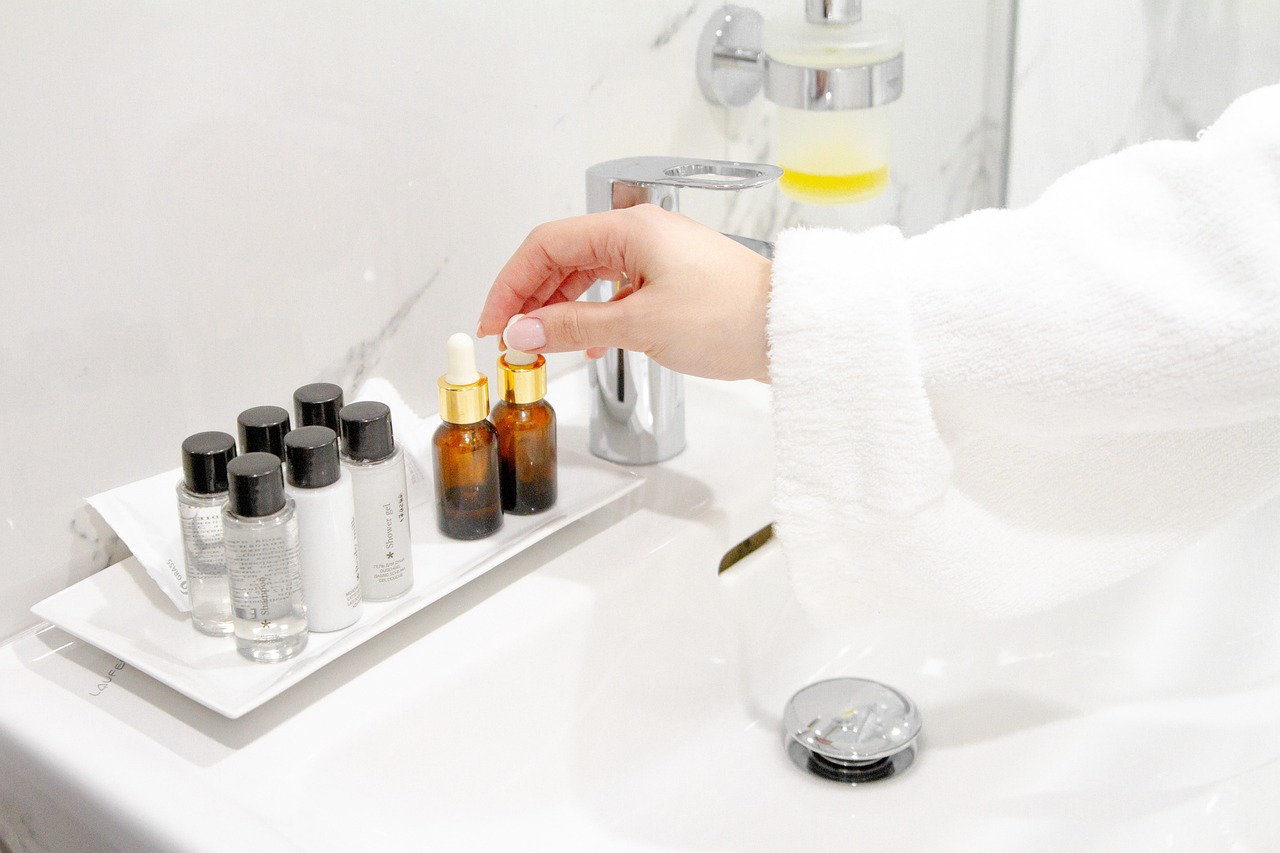
Image by olga volkovitskaia from Pixabay
The basic routine you should build on
I mentioned before that there is a basic routine to build upon, and that one is:
Cleanse – with a gentle cleanser every night and depending on your skin type and climate you live in maybe in the mornings as well. A double cleanse might be a good idea if you wear a lot of makeup or waterproof sunscreen, but isn’t necessary for everyone. (More info: How to chose the best cleanser for your skin type and Is Double Cleansing bad for you?)
Treat – with an active of your choice depending on your skin concerns, I will go into that later.
Protect – with sunscreen in the mornings, even on cloudy days, and a moisturizer at night or, if your skin is more on the dry side, in the mornings underneath your sunscreen as well.
I will show you this basic routine soon as I build one for my skincare hating husband – as little steps as possible with the maximum achievable impact! If you do just that, your skin will be set for the years to come.
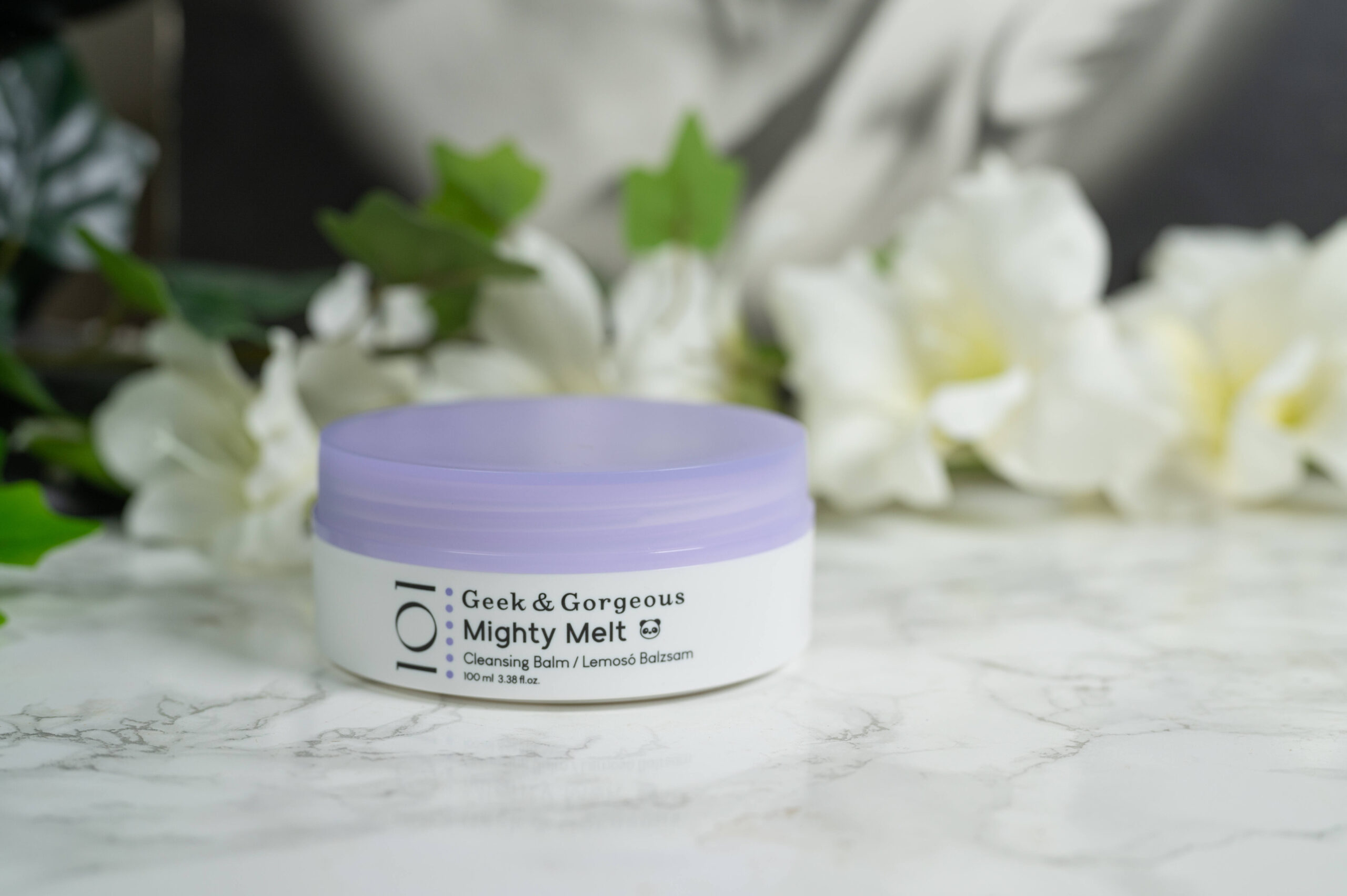
The best way to cleanse your skin in your 30s
No matter your age, you can never go wrong with a gentle cleanser that respects your skins barrier. (More info: Signs of a damaged skin barrier)
Cleansing will not only remove the sunscreen and makeup you have on your face, but also pollution, sweat, sebum and all the dirt that accumulated on your face over the course of the day. That is important so your skin can focus on repairing during the night. (More info: Do you need anti-pollution skincare?)
While as teenager or in your early 20s a cleanser with actives like Salicylic Acid might be a good idea, I suggest using those in the “treat” step now and just going for either a balm or oil first and then a non-stripping gel or cream cleanser afterwards, suggestions for different budgets are below. (More info: The best skincare routine for teenagers and The best skincare routine in your 20s)

The best way to treat your skin concerns in your 30s
The step that actually does the heavy lifting now, and the one that is the most versatile in being adapted to your individual concerns is the treatment step, so let’s look at the different issues you are most likely to encounter.
Dullness
The slower cell turnover rate can lead to dead skin cells clinging to your face for longer, which can make it look gray and dull. It can also lead to texture issues with flaky skin and clogged pores. To fight that, look for chemical exfoliants like Glycolic, Lactic or Mandelic Acid which help the shedding of dead skin, and for retinoids that speed up the cell turnover again. You don’t necessarily need both and need to make sure that you introduce them slowly to not risk irritation. (More info: How to use Retin-A with minimal irritation and The best way to pair retinol with chemical exfoliants)
Hyperpigmentation
Uneven pigmentation, melasma due to hormonal changes or just sun spots, your thirties are the time when all the sun exposure you got will start to show on your face.
Hyperpigmentation is tricky to treat and is best addressed by a combination of things targeting the different ways of melanin production, but the main players you should know is Vitamin C, again chemical exfoliants and again retinoids. Powerful, but usually used under a doctors guidance would be Hydroquinone. Other supporting ingredients could be Tranexamic Acid, Licorice Root Extract or Alpha-Arbutin. (More info: The benefits of Vitamin C in skincare explained, The benefits of Hydroquinone in skincare explained, The benefits of Licorice Root Extract in skincare explained and The benefits of Tranexamic Acid in skincare explained)
And of course sunscreen, but we will come to that in the protect step
Loss of firmness and sagging
This is probably a problem that will get more visible in your late thirties, but loss of collagen is an issue even before it shows on your face. It is part of the natural aging process and opposed to dullness and pigmentation not something you will be able to completely get rid of, but there are ingredients that will help slow it down.
Retinoids are the ones with the best data behind them, but Vitamin C seems to be helpful both in building new collagen as well as in protecting the one you have left through its antioxidant abilities. Chemical exfoliants can help here too, but more in the strength you would get during an in-office peel than in the one you use at home.
Now you will find a ton of other products that promise to tighten with plant extracts, peptides or growth factors, but while I use some of them, you need to know that they don’t have as much data behind them, so I would suggest starting with the others mentioned first – after all you need to have something to escalate to when you reach your 40s. (More info: The benefits of peptides in skincare explained)
Dryness and dehydration
The older you get, the less your skin will be able to hold on to moisture and the more you are prone to dry patches, fine lines and general dehydrated skin. (More info: What is Transepidermal Water Loss)
To combat that, you’ll need humectants to hold on to the moisture and then emollients and occlusives to seal it into the skin. But while I would recommend a hydrating serum in your 20s, in your 30s I think this issue is best addressed in the “Protect” step we will talk about soon.
Most serums with “actives” also contain humectants, so for the sake of simplifying your routine, don’t use a separate hydrating serum – unless that still is your only concern.
Redness
If you develop rosacea, I suggest you see a dermatologist and don’t try to treat it on your own, but an increase in redness is something many people experience as they get older. It could be either due to broken blood vessels or postinflammatory erythema or, more commonly, a general increased reactiveness of the skin. Or the fact that the older we get, the more stuff we tend to do to our face, which will make it more red. (More info: The difference between postinflammatory hyperpigmentation and postinflammatory erythema)
Other than being more mindful with your skincare routine with gentler products, look for things like Niacinamide, Green Tea Extract and Centella Asiatica, or opt for Azelaic Acid as exfoliant if you suffer from redness in combination with clogged pores. (More info: The benefits of Niacinamide in skincare explained, The benefits of Green Tea Extract in skincare explained, The benefits of Centella Asiatica in skincare explained and The benefits of Azelaic Acid in skincare explained)
Adult Acne
As if we didn’t have enough on our plate already, our late 20s to early 30s are often the time when adult acne appears, even in those that didn’t have any issues as teens. While it might be tempting to just reach for whatever is available for teenage skin at the drugstore, I would encourage you to go see a doctor about it if it isn’t just a breakout or two around your period.
The needs of aging skin that is also prone to acne are different than the ones of teenage skin, but luckily there are a few things that work both to fight the blemishes as well as offer some benefits against premature aging, namely retinoids and chemical exfoliants, in this case Salicylic Acid.
While all that might sound like a lot at first, many of the recommendations here overlap – retinoids for example help against almost everything except redness, so even if you just incorporate an antioxidant like Vitamin C in your mornings and a retinoid in your evenings, you have addressed quite a few concerns already without it getting too complicated.
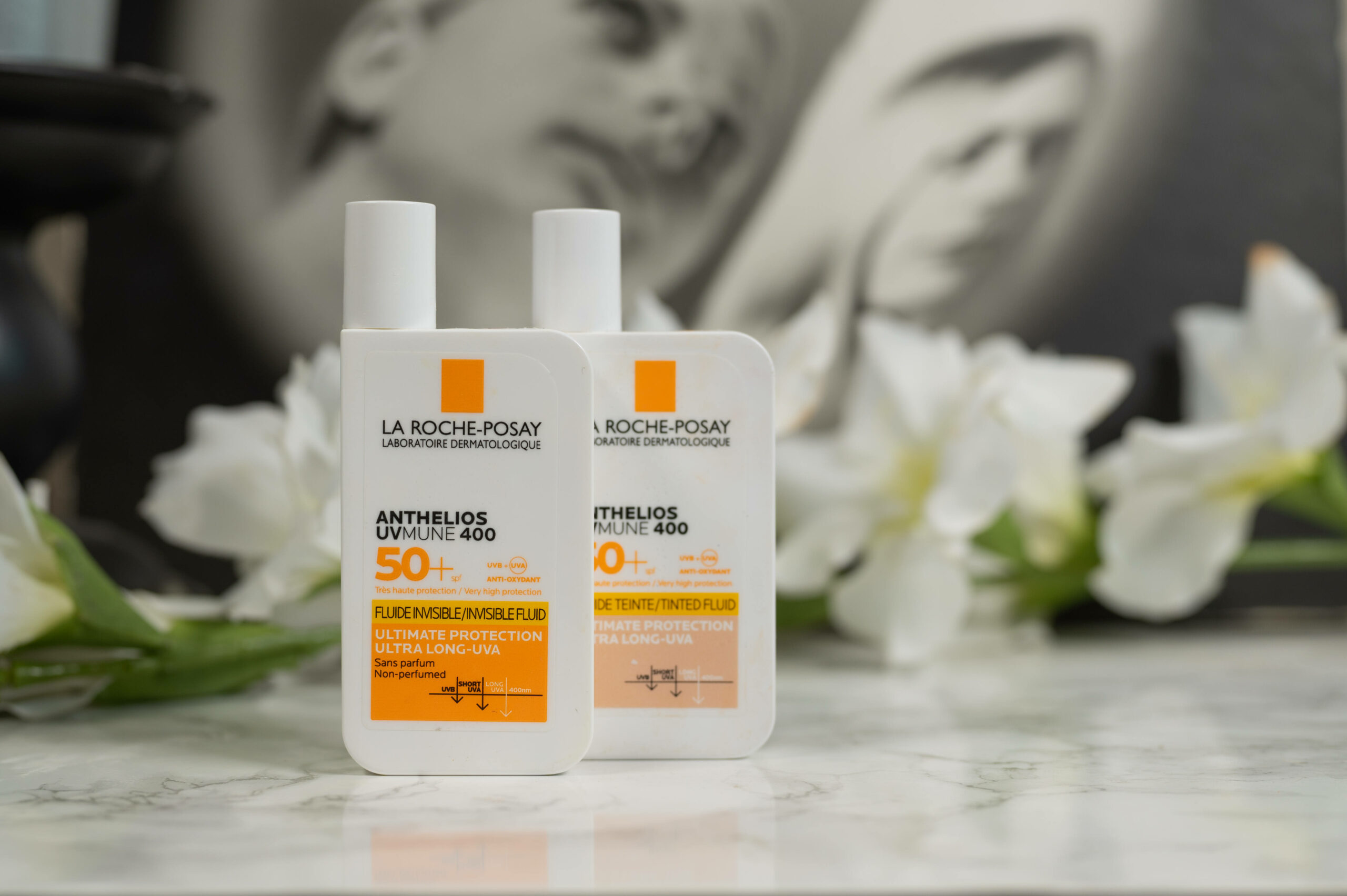
How to best protect your skin in your 30s
The last step is to protect your skin from moisture loss and additional damage, same as you did in your 20s, but probably with a little richer products.
Of course the most important step here is using a broad spectrum sunscreen every single day – assuming you leave the house. If you don’t and stay inside away from your windows, you might not need one, but I suggest not doing that too often, I would worry it would take a toll on your mental health.
Sunscreens come with added beneficial ingredients like antioxidants or Niacinamide these days, but while that is a lovely addition, it shouldn’t be the main focus. More important is finding one that you enjoy wearing every day and applying it liberally. (More info: How much sunscreen do you really need?)
Depending on the product and your skin type, you might not need a separate moisturizer in the mornings, as humectants, emollients and occlusives can be found in sunscreens as well – I am in my mid 40 s and still skip the moisturizer underneath my sunscreen in summer. (More info: The difference between emollients and occlusives)
At night though most people will feel the need to use a dedicated product to lock in that hydration, and here other than your texture preferences you can look for ingredients claiming to be beneficial for the skin barrier, like Squalane, Ceramides and the likes, even though we don’t necessarily have proof they make a huge impact. (More info: The benefits of Ceramides in skincare explained)
Questions you had regarding the best skincare routine in your 30s
Is it okay to use retinol in your 30s?
Yes.
It is okay to use retinoids at any age if you have a specific skin condition that warrants it like acne, but your 30s are the time when I think you will benefit most from incorporating it into your routine.
Obviously not everyone needs to use a retinoid, not everyone can use a retinoid and, most importantly, not everyone needs to use a prescription strength, but if you think you want retinol or another non-prescription retinoid in your routine, now is a great time to start.
Is it too late to start a skincare routine in your 30s?
No.
It is never too late to start any kind of skincare routine. Obviously prevention is easier than treatment, but even if the only thing you only now start wearing SPF on a regular, you will see changes for the better in your skin.
It is never too little and never too late to make an impact.
Do you need a dedicated eye product in your 30s?
Short answer is no.
You never need a dedicated eye product, no matter your age. The long answer is: It depends, but again not on your age. There are reasons for using a dedicated eye product, and I do because my retinoid is too strong to be taken around the eyes, so I have a retinol eye cream, but that again is not age dependent. (More info: Are eye creams just a waste of money?)
TL;DR
While the focus in your skincare routine probably was to protect, the changes in your skin in your 30s make it necessary to shift that focus to “repair and protect”. In your 30s, things like hyperpigmentation, loss of firmness, fine lines and dullness get more common and should be addressed during the “treat” step in your routine.
There are a few ingredients like retinoids and chemical exfoliants that address many different concerns, so those are as a rule of thumb good for most people in that age bracket. It is also the age when rosacea and adult acne often manifest, in which case I recommend seeing a dermatologist.
But even if you had no routine in place until now, even just using sunscreen regularly can make a huge impact – it is never too late to start taking care of your skin.

Shop the post
Don’t forget to check out the Discount Code Page on top if you want to save some money on your next skincare purchase.
If you want to get a vote in the next Ask Doctor Anne Topic, Ingredient Spotlight or product I review, don’t forget you can head over to my Patreon account to get more involved!
